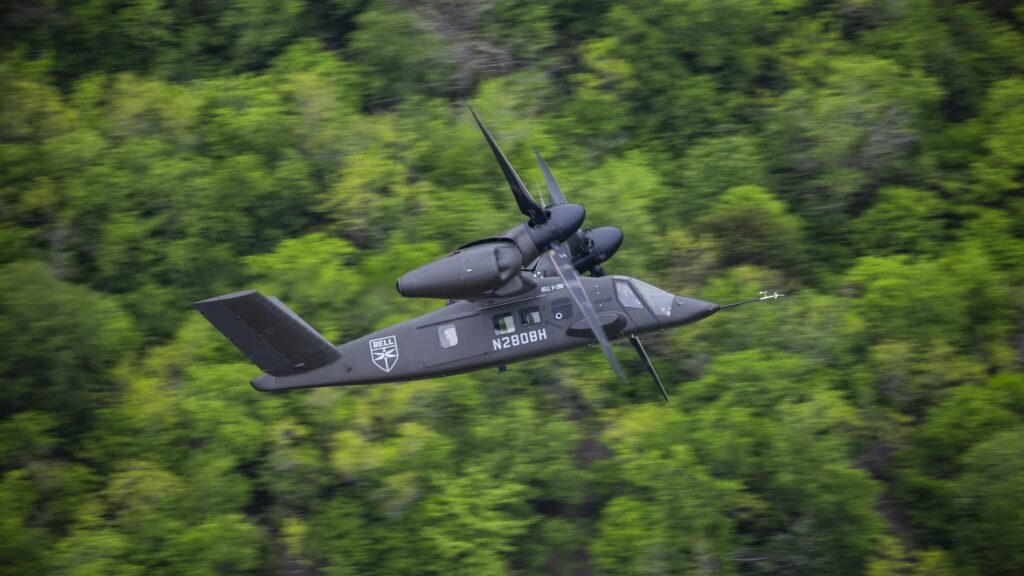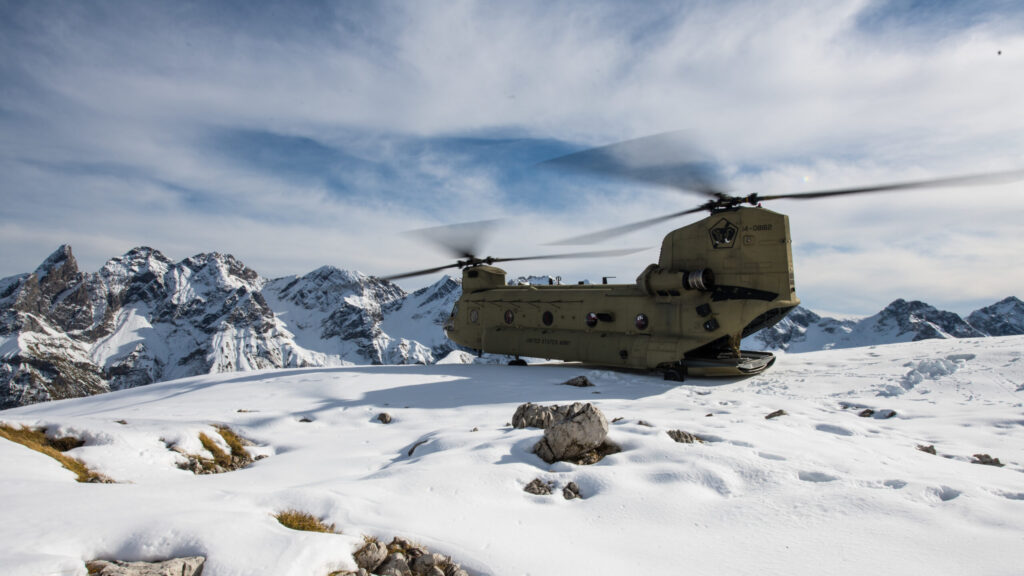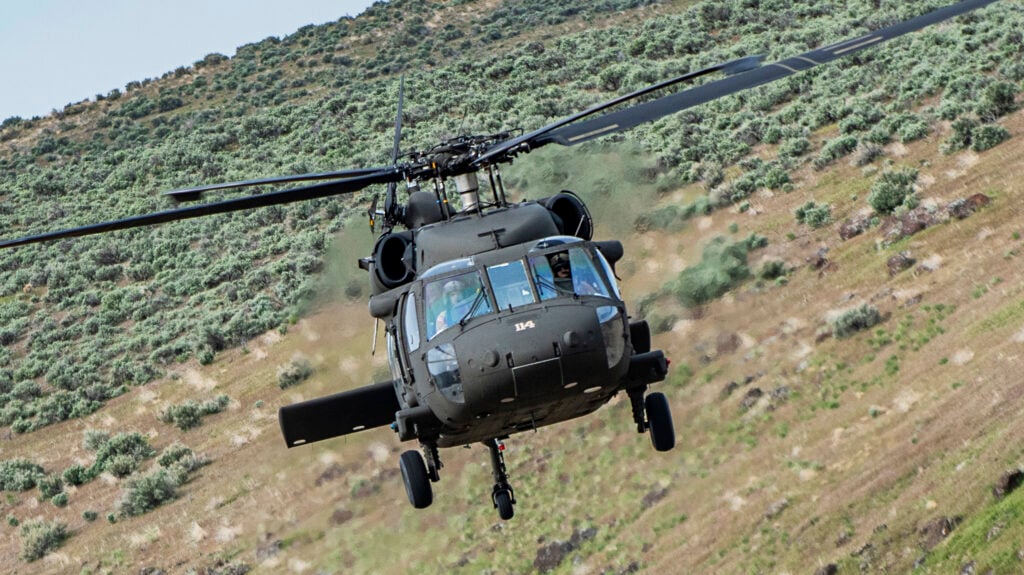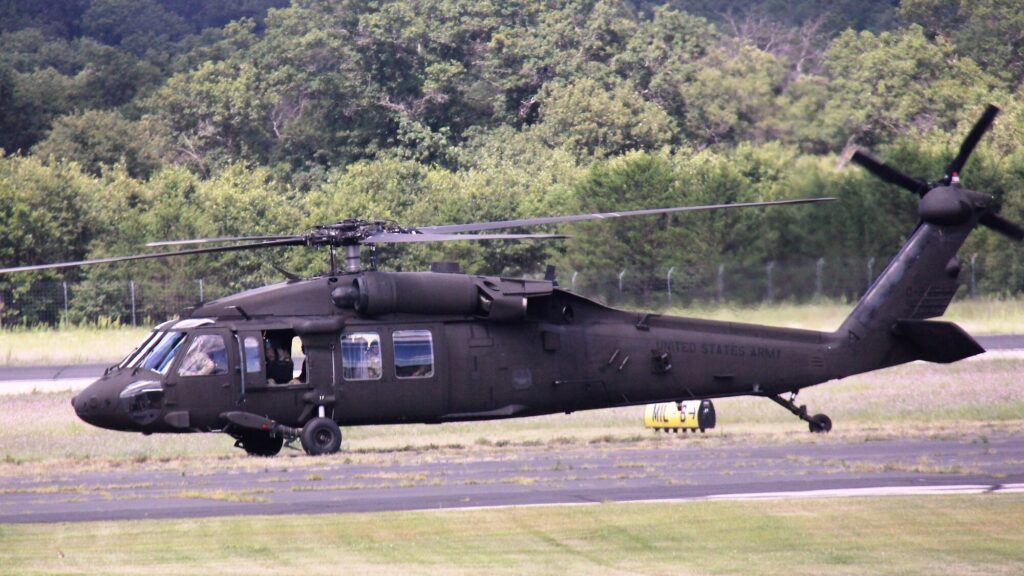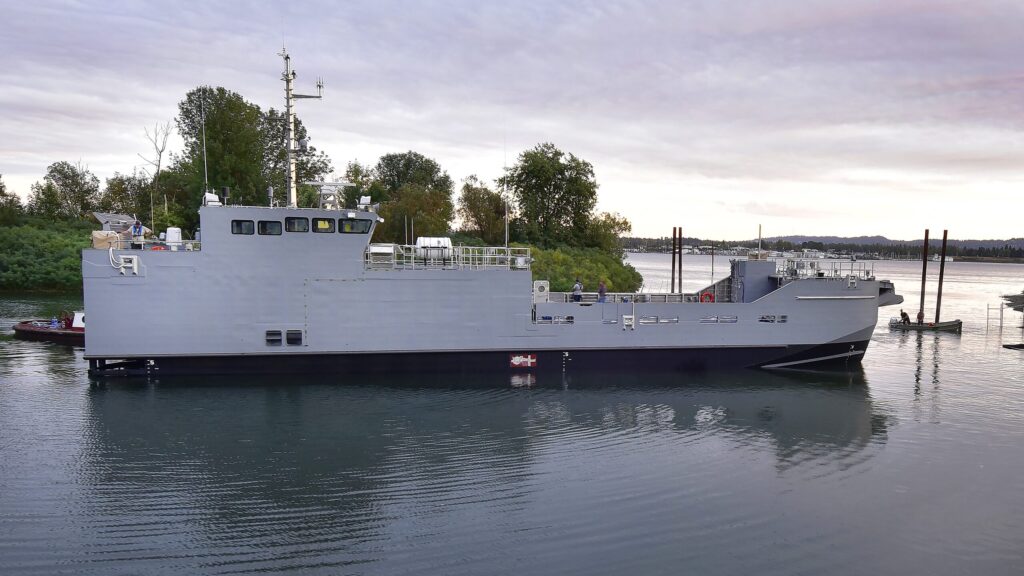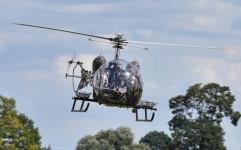WASHINGTON —
US Army plans to field a mix of manned and autonomous boats to sustain the force in the Indo-Pacific region are progressing to include updating a watercraft strategy that could guide acquisition and sustainment plans, according to a trio of service officials.
“The Indo-Pacific [area of responsibility] AOR involves a significant amount of water, and thus we must evolve our watercraft strategy and capabilities to ensure we meet our intra-theater sustainment responsibilities,” Maj. Gen. James Smith, the Army’s director of operations focused on strategic logistics, told an audience at an Association of the US Army event. “And in this vein, we have to nest our sister services’ [large-scale combat operation] requirements to underwrite their lethality as well: We must determine how we mutually support one another across our various roles and responsibilities.”
While Smith didn’t detail all of the open question marks he needs the revamped strategy to address, or disclose a timetable for wrapping it up, the strategy’s findings could influence a variety of existing or developing programs and drive sustainment plans.
On the vessel side of the equation,
Vigor Works recently delivered its first Maneuver Support Vessel-Light (MDV-L) to the service, and Army mariners are now set to sail it down to the San Diego, Calif. area for the upcoming Project Convergence 2024 capstone event, Maj. Gen. Michelle Donahue, the head of the Army’s Combined Arms Support Command, told the audience today.


